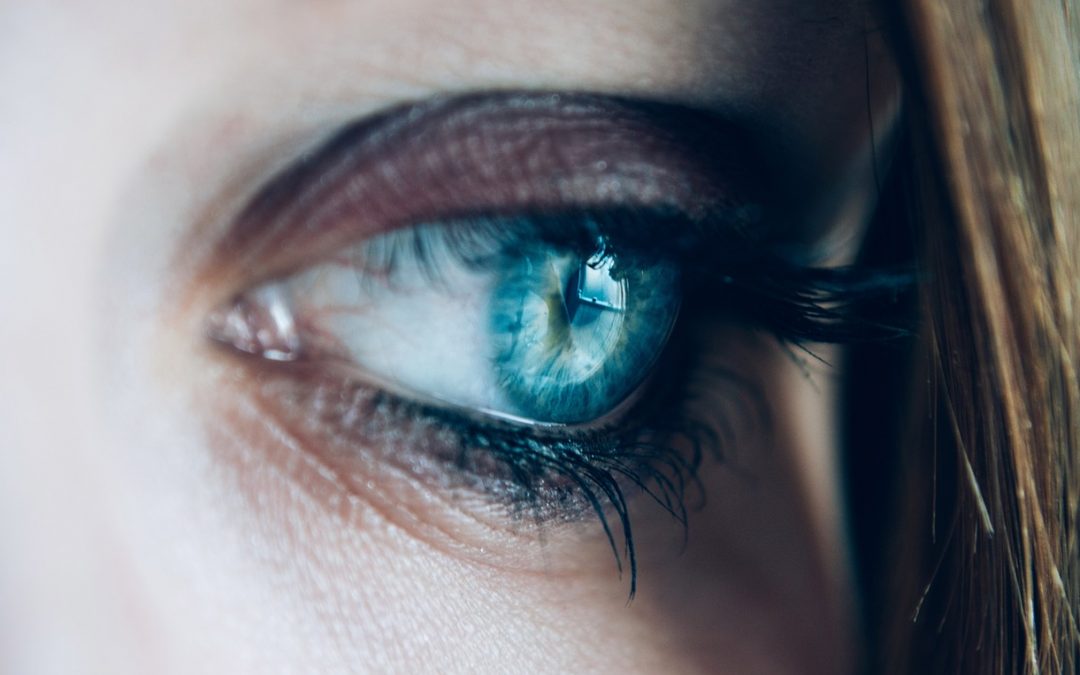There is a wide range of eye colors in the world. There are multiple different shades from light to dark. But what factors during your life determine the color of your eyes?
The first factor to consider is the genetic make-up of the parents. Though it’s complex, the mix of chromosomes will have an impact on the eye color. However, there are multiple combinations from each gene. Science has made a lot of progress in understanding how this progress works. For example, it’s generally understood how the most common color combinations, like green and blue, are formed. However, it will take further study to understand how more complex combinations, like hazel, are created. For this reason, it can be very difficult to predict the eye color of an unborn child. In addition, some emotions may change both the size of the iris and its color.
Another important factor that determines the color of your eyes is the amount melanin one has.
Higher melanin levels mean that you will develop darker eyes. For example, if you don’t have much melanin, you are more likely to develop a lighter color like blue or green. Alternatively, if you have a lot of melanin you will develop darker colors like brown. This is one of the most common reasons why babies might change eye color. At birth, they don’t have much melanin. As they grow, the number of melanin increases. This is most common in Caucasian babies, who might change eye color from blue to green. This change occurs in around 10 to 15 percent of the population. There have been multiple studies on the effects of melanin. These studies have indicated that people with darker eyes are less likely to develop melanomas, hearing problems and macular degeneration. However, high amounts of melanin might increase your chances of developing cataracts.
Finally, there are some people who are born with different colored eyes. This is because they have a condition called Heterochromia.
There are several reasons why this might occur. For example, it might be genetic. The distribution in melanin is usually uneven, which can result in the eyes being two different shades. It might also be a sign of trauma that occurred while the baby was in the womb. Often, this occurs to people who don’t a history of Heterochromia. Thankfully, this condition usually doesn’t indicate that there are any underlying conditions that will cause vision problems in the future. However, you should still get examined by an ophthalmologist. In addition, this condition is rare. Some studies estimate that less than 200,000 people in the United States are affected by this condition.
Though the most common eye color is brown, there is a range of colors that are spread across the population.
We looked at some of the most common reasons people develop a certain eye color. Though further scientific studies are needed to understand this process more deeply. Hopefully, this has given you a new appreciation of how you developed your unique eye color.

